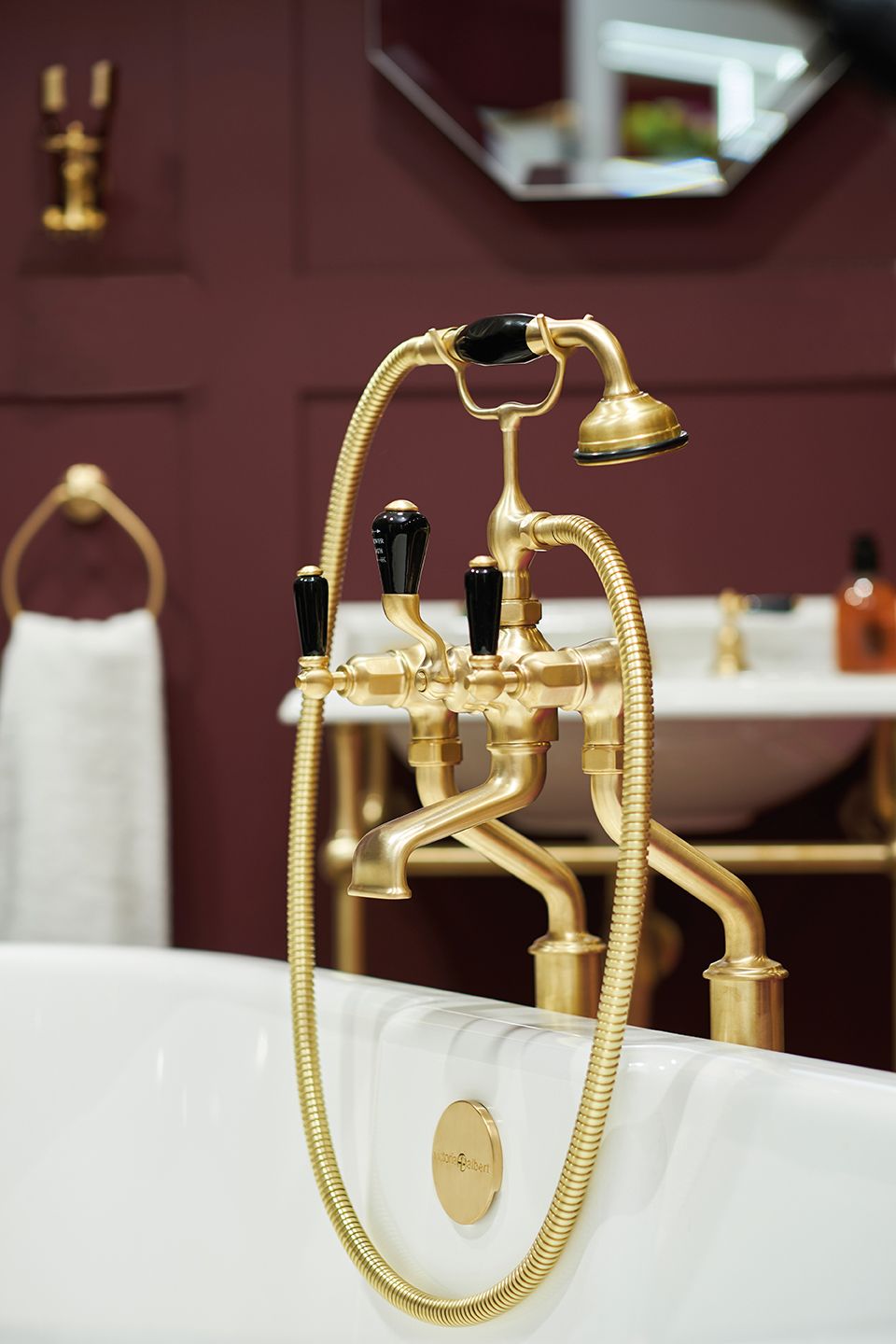As we step into a new era, the world of interior design is poised for exciting transformations. With advancements in technology, shifting social dynamics, and an increased focus on sustainability, the future of interior design promises to be a blend of creativity and innovation. In this blog, we will delve into some potential predictions that may shape the future of interior design.
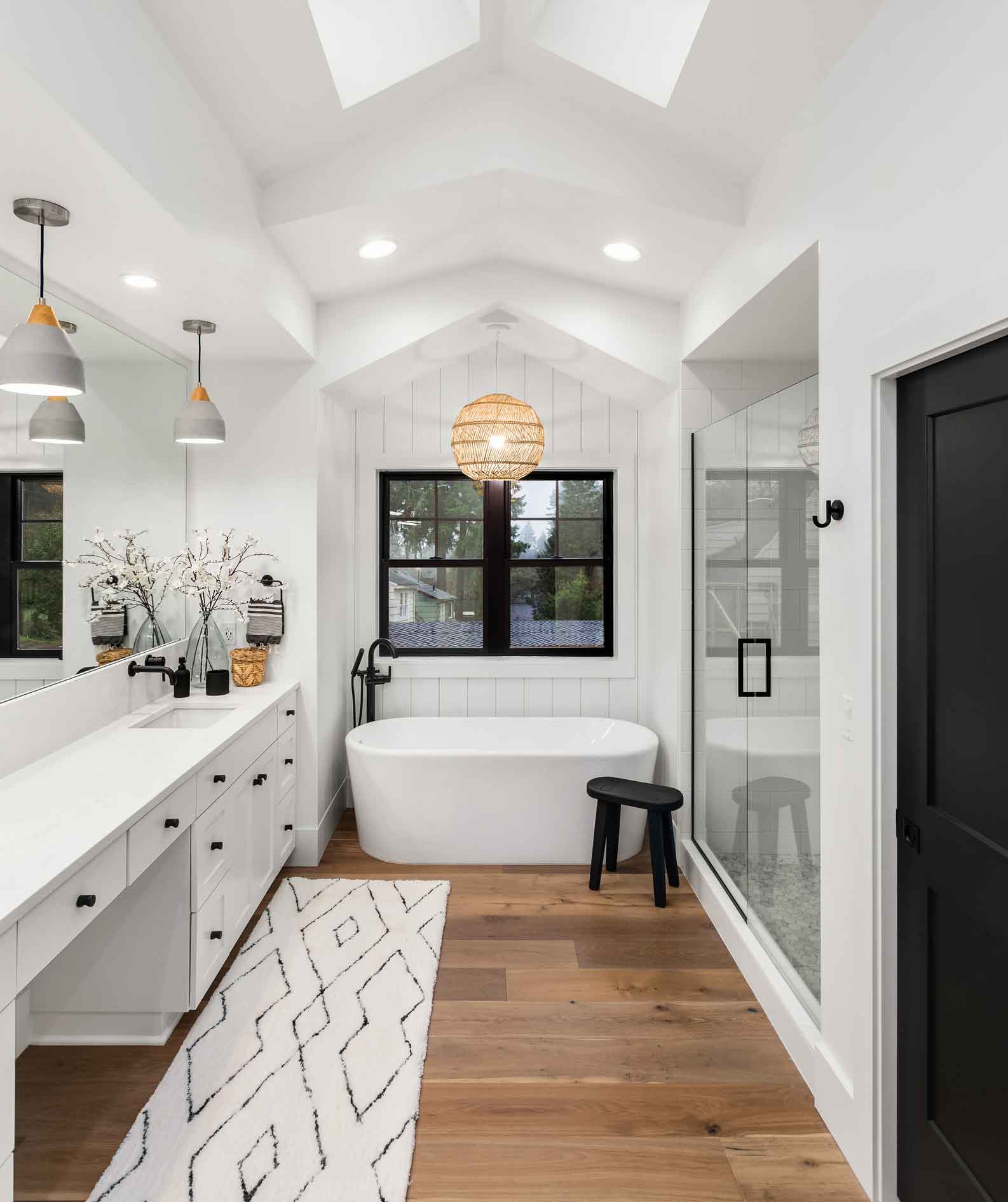
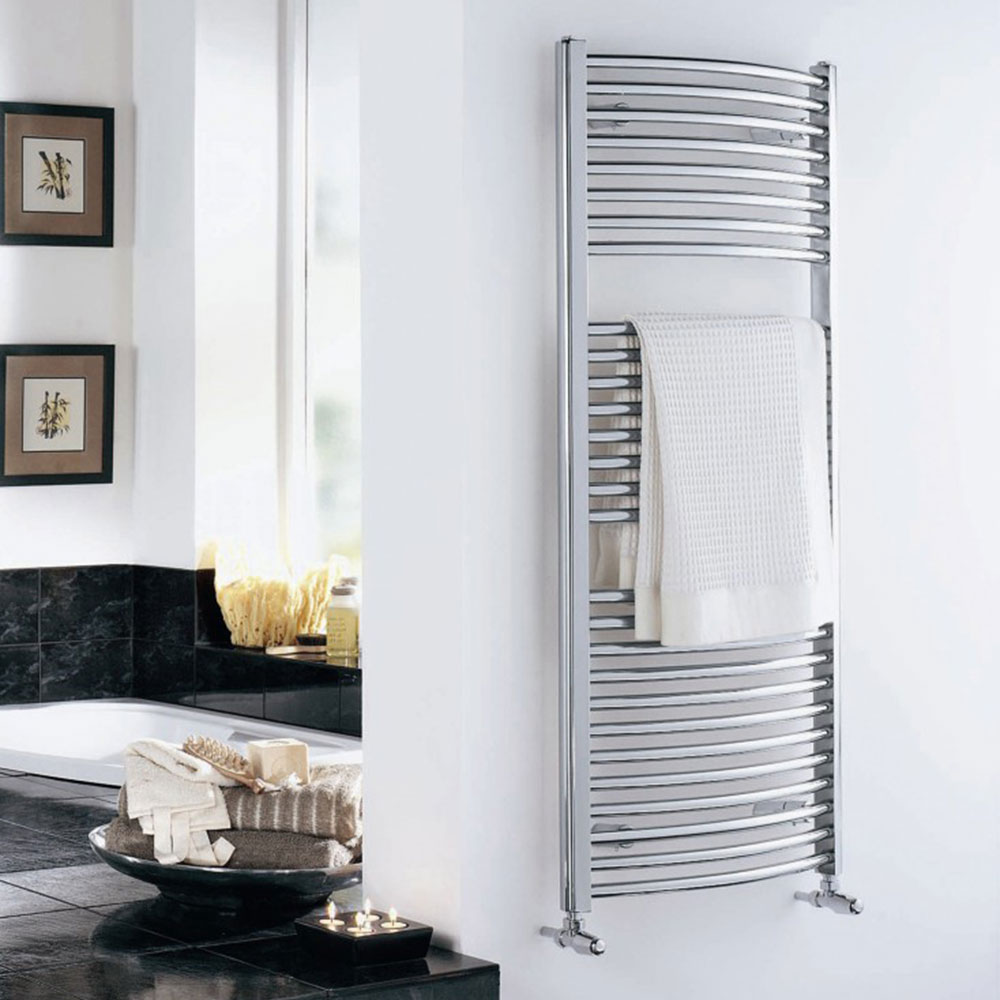
- Smart and Connected Spaces: The rapid rise of smart home technologies is set to revolutionise interior design. In the future, our homes will become more interconnected, with furniture, appliances, and lighting seamlessly integrated into a smart ecosystem. Imagine voice-activated lighting systems, intelligent furniture that adjusts to your preferences, and smart appliances that communicate with one another to create an efficient and convenient living environment.
- Augmented Reality (AR) and Virtual Reality (VR) Experiences: AR and VR technologies have already begun making their mark in interior design, allowing users to visualise and experience spaces before they are built or renovated. In the future, these technologies will become even more sophisticated, enabling designers and clients to virtually walk through fully rendered 3D spaces, experiment with different materials and colour schemes, and make informed decisions based on realistic simulations.
- Sustainable and Eco-Friendly Designs: With growing concerns about the environment, interior design is expected to prioritise sustainability and eco-friendliness. Designers will increasingly seek out materials that have minimal environmental impact, such as recycled or upcycled materials, responsibly sourced wood, and low-emission paints. Energy-efficient systems, such as smart lighting and heating, ventilation, and air conditioning (HVAC) systems, will become commonplace, reducing both environmental footprint and energy costs.
- Biophilic Design: Humans have an innate connection to nature, and biophilic design aims to bring elements of the natural world into our built environments. In the future, we can expect interior spaces that integrate natural materials, abundant greenery, and access to natural light. Living walls, indoor gardens, and even virtual skylights that mimic natural daylight are just a few examples of how biophilic design may manifest in the future.
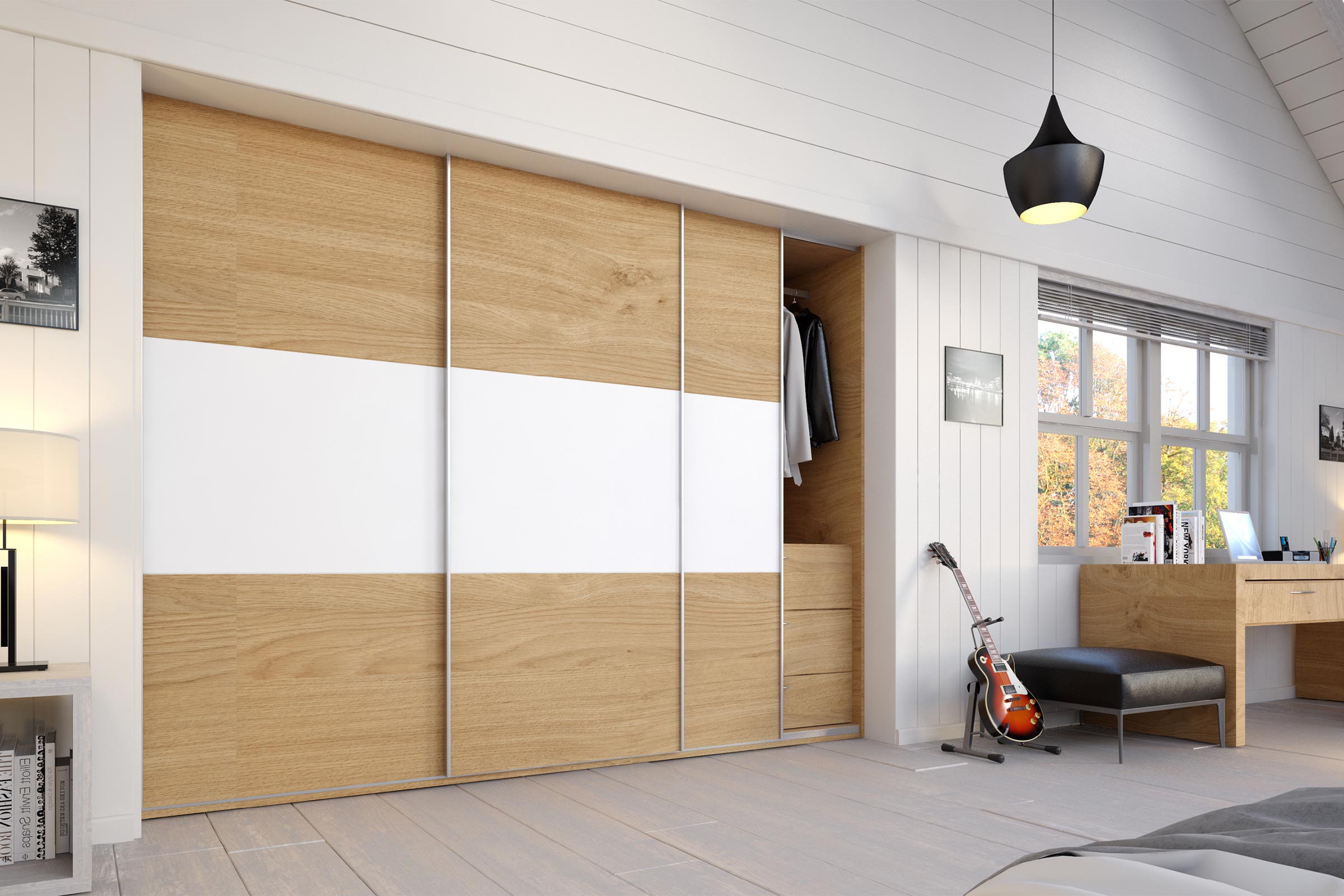
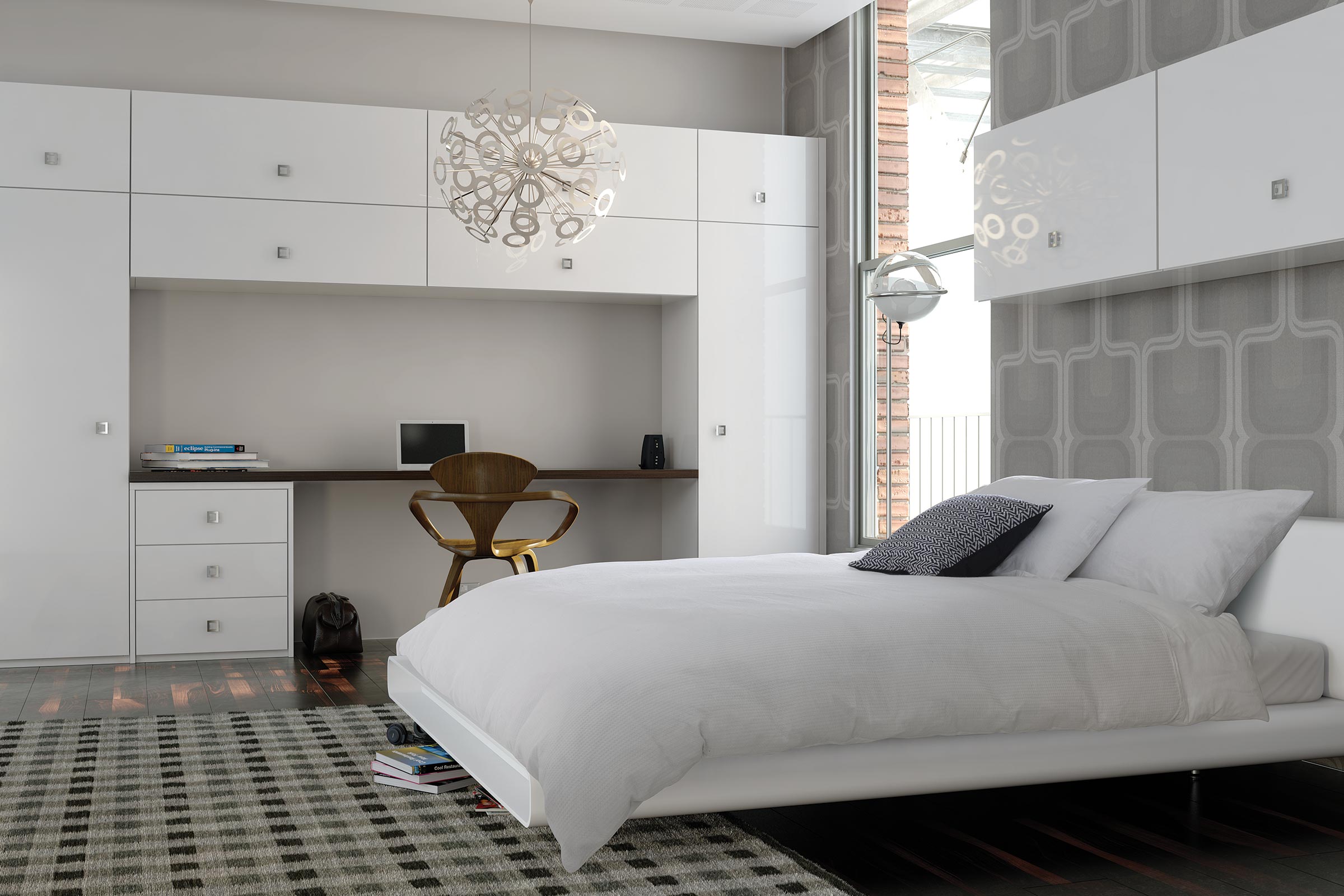
The future of interior design is an exciting realm where creativity and innovation merge seamlessly. As smart technologies, sustainable practices, and personalised experiences continue to evolve, our living spaces will transform into havens that harmonise with our needs, values, and the environment. So, embrace the possibilities, and get ready to witness a remarkable evolution in the art of designing our surroundings.
